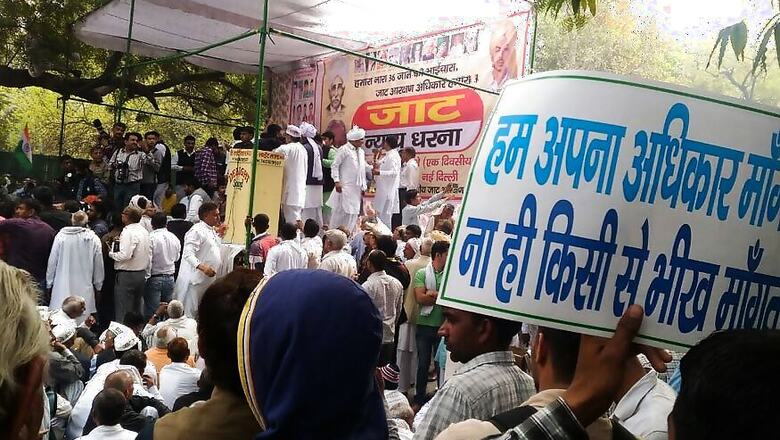
views
New Delhi: The five-member commission constituted to examine sub-categorisation of Other Backwards Castes may rely on Social and Economic Caste Census of 2011 which is yet to be made public by the government.
The Commission constituted by the central government has been mandated to recommend ways to ensure that "more backward among the OBC communities can also access the benefits of reservation for educational institutions and government jobs."
“I am sure the government will be happy to provide the date whenever we need. Personally I could not make much sense out of it, but I am sure the government will be happy to provide the report,” JK Bajaj, a member of the Commission headed by former Delhi High Court Chief Justice G Rohini, told News18.
Already popular as ‘Mandal 2.0’, the Commission to examine sub-categorisation of OBCs faces the biggest challenge in lack of reliable data on caste demographics.
The Mandal Commission had relied on the 1931 caste census data to propose that India had 54% OBC population and recommended 27% reservation for the caste group about 25 years ago.
But since then, the government has conducted Socio Economic and Caste Census only once, in 2011, during UPA government, first findings of which were submitted later to the NDA government in July 2015. However, Modi government has not made the report fully public.
The caste data, along with socio-economic indicators is considered a pandora’s box, which the government may find too hot to handle. Caste enumerations may throw up fresh quota demands based on empirical data which not been available since 1931 when the last caste census in India was held.
“We know what Mandal Commission did (extrapolating data from 1931 data) and it was not a good thing to do. We know that. So, we will have to look for some proxy,” said Bajaj, who is director of Centre for Policy Studies.
“The report will be available with the government, but how good it is in terms of data will have to be judged. It was a difficult report to be interpreted because different states had gone about it in different ways. Let’s see if we can make some sense out of it. Whether we need a new caste census or not is an issue we will be looking into,” explained Bajaj.
He said what now constitutes OBCs is far larger caste group than the one identified during Mandal Commission. “OBCs are certainly above 50% now. So there needs to be some stratification within that group and we have to capture it. Putting all of them together is certainly not correct. Over a period of time, which obviously cannot be done in these 12 weeks, some process of data collection has to be put in place,” he said.
Bajaj said the main challenge before the committee would be to make sense of the latest caste figures. “We have to consider how to go about the caste census. If a good caste census would have been there, our job would have been much easier. We know that there is stratification within the group and we have perhaps an idea of the kind of social indicators which can capture the stratification… For several decades we have not collected this kind of data and in my mind it is clear that we need to do this,” said Bajaj.
Bajaj said the work of stratification among OBCs should have been done earlier. “Sub-categorization of the OBCs is something which needs to be done and when any government does something like this, they will gain or lose something out of it. But if they are doing the right thing, they should be appreciated. Perhaps this should have been done earlier,” he added.
The quota move by the Modi government is also being seen as an attempt to mobilise weaker sections among the backward classes who have fallen by the wayside. With dominant backward communities in the Hindi heartland stilting regional parties like Samajwadi Party and Lalu Yadav’s RJD, the BJP as in UP has been seeking to win over less affluent sections within the larger backward community.











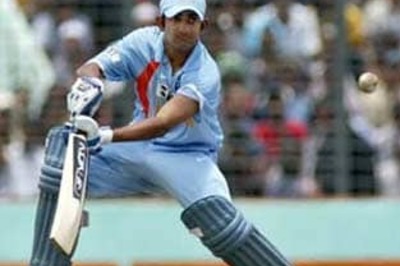
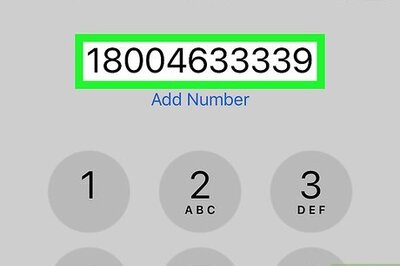


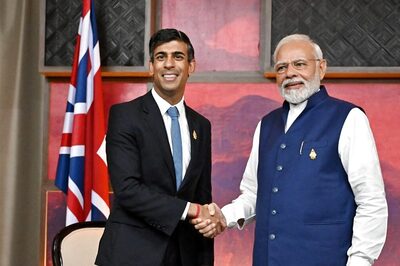
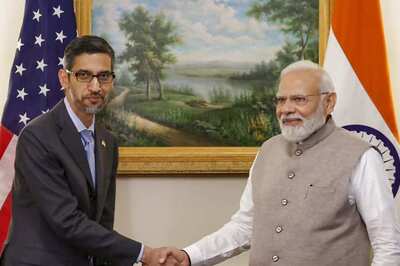
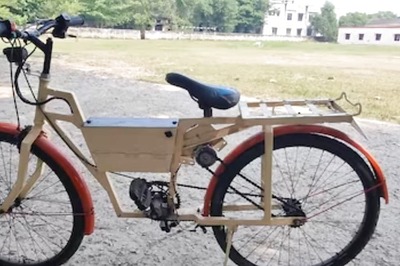
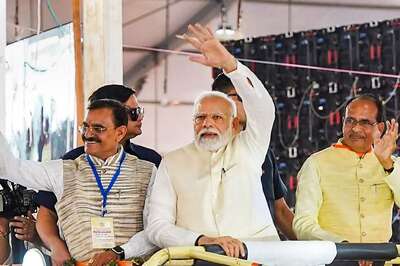

Comments
0 comment